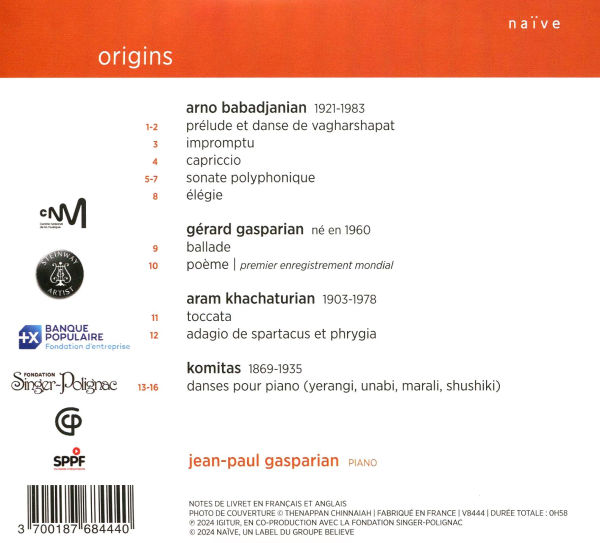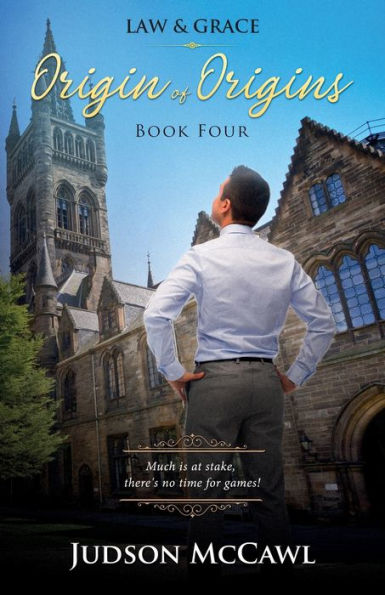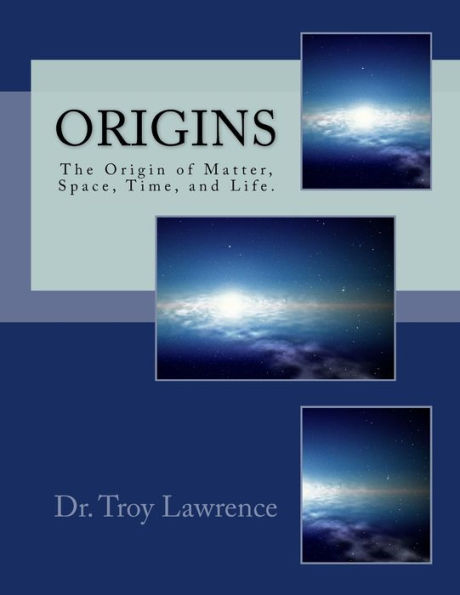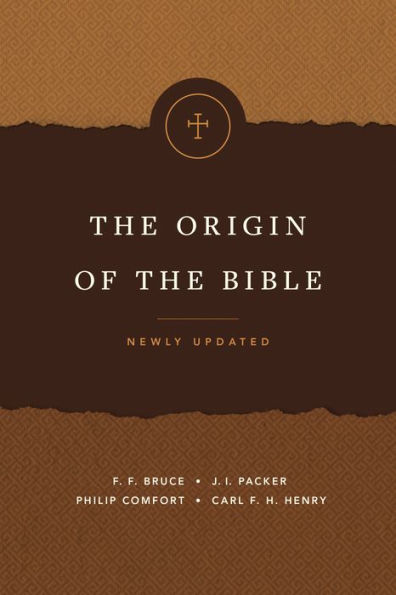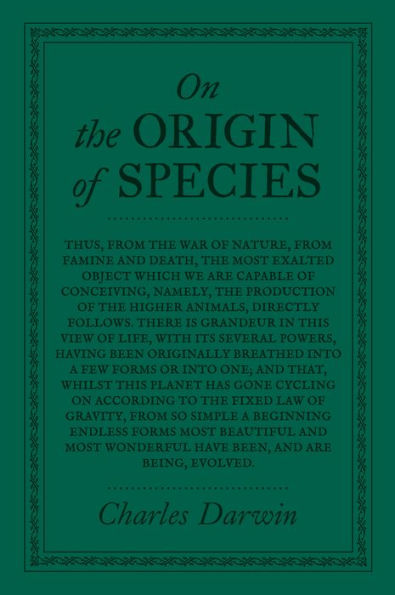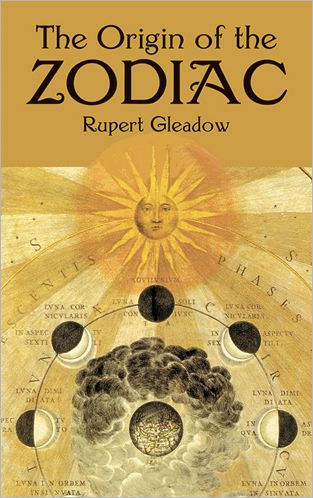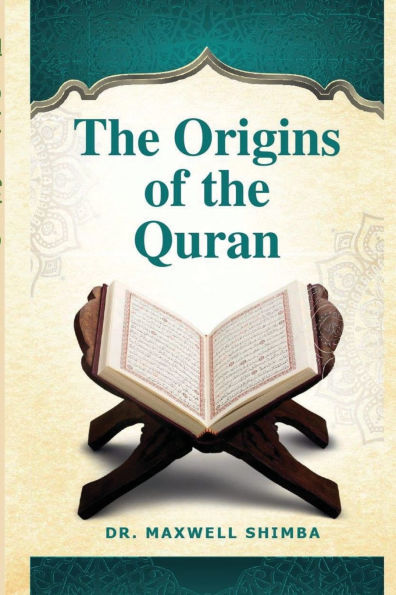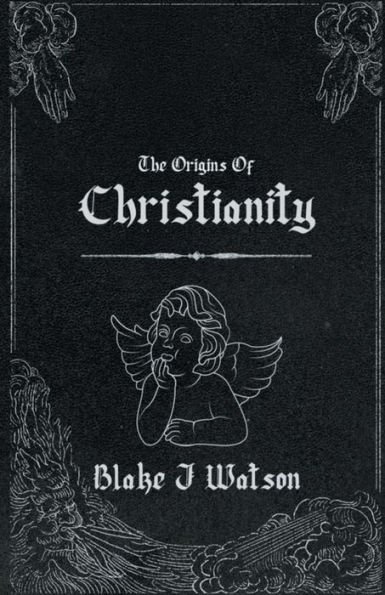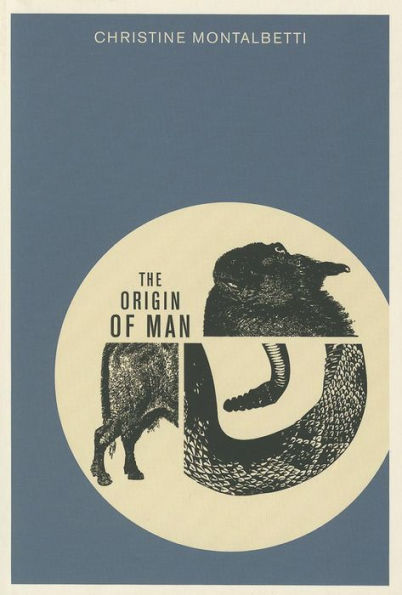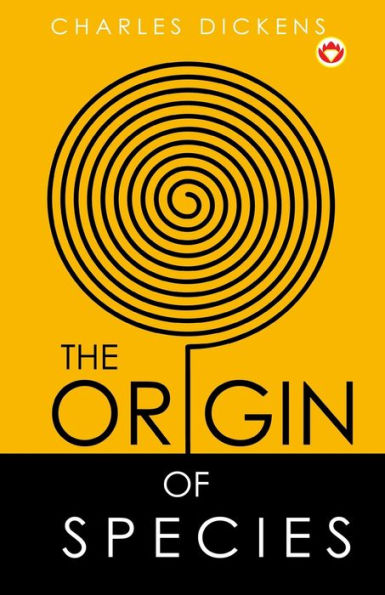Home
Origins
Barnes and Noble
Loading Inventory...
Origins in Bloomington, MN
Current price: $18.99

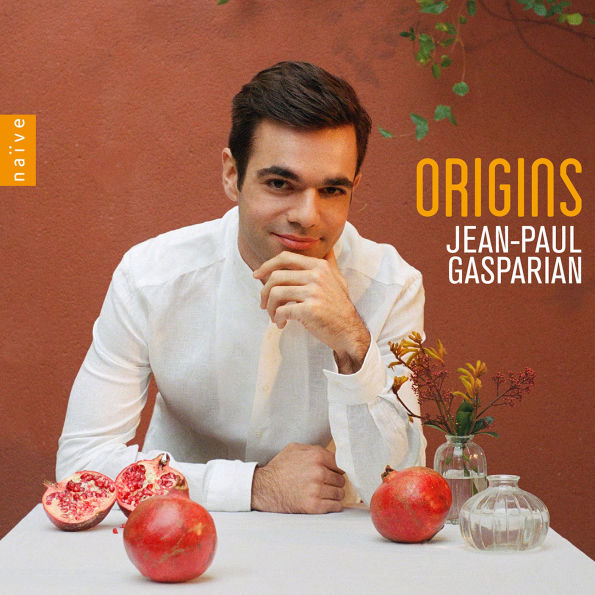
Origins in Bloomington, MN
Current price: $18.99
Loading Inventory...
Size: OS
This is the third release by rising pianist
Jean-Paul Gasparian
, who, up to this time (2024), had stuck to mainstream Romantic repertory. Here, he turns entirely to music from his ancestral home of Armenia (he was born in Paris), including that of his father,
Gérard Gasparian
. It is a bold move; generally, young pianists may include this kind of thing as an encore or curtain-lowering finale, but an entire program of music that will be unfamiliar to those who do not share the player's ethnic background is more unusual.
Gasparian
gets the full hip graphics treatment from the
Naïve
label, and he seems to be asserting the worth of this repertory. He makes a good case for it. The best is saved for last, with four of the six dances of the fascinating composer-priest-ethnomusicologist
Komitas
(
Soghomon Soghomonian
), whose spare treatments of Armenian folk materials anticipated
Bartók
by a quarter century. The more modern Armenian works by the
elder Gasparian
and
Arno Babadjanian
(1921-1983) have plenty to challenge the pianist and are colorful, enjoyable works. The one name here that will likely be familiar to non-Armenians is that of
Aram Khachaturian
, whose
Toccata, Op. 11
, of 1932, is a real thrill that ought to be played more often than it is, a counterpart to the composer's famous "Sabre Dance." Listeners will discover a lot of new music here and will have a good time doing it. ~ James Manheim
Jean-Paul Gasparian
, who, up to this time (2024), had stuck to mainstream Romantic repertory. Here, he turns entirely to music from his ancestral home of Armenia (he was born in Paris), including that of his father,
Gérard Gasparian
. It is a bold move; generally, young pianists may include this kind of thing as an encore or curtain-lowering finale, but an entire program of music that will be unfamiliar to those who do not share the player's ethnic background is more unusual.
Gasparian
gets the full hip graphics treatment from the
Naïve
label, and he seems to be asserting the worth of this repertory. He makes a good case for it. The best is saved for last, with four of the six dances of the fascinating composer-priest-ethnomusicologist
Komitas
(
Soghomon Soghomonian
), whose spare treatments of Armenian folk materials anticipated
Bartók
by a quarter century. The more modern Armenian works by the
elder Gasparian
and
Arno Babadjanian
(1921-1983) have plenty to challenge the pianist and are colorful, enjoyable works. The one name here that will likely be familiar to non-Armenians is that of
Aram Khachaturian
, whose
Toccata, Op. 11
, of 1932, is a real thrill that ought to be played more often than it is, a counterpart to the composer's famous "Sabre Dance." Listeners will discover a lot of new music here and will have a good time doing it. ~ James Manheim
This is the third release by rising pianist
Jean-Paul Gasparian
, who, up to this time (2024), had stuck to mainstream Romantic repertory. Here, he turns entirely to music from his ancestral home of Armenia (he was born in Paris), including that of his father,
Gérard Gasparian
. It is a bold move; generally, young pianists may include this kind of thing as an encore or curtain-lowering finale, but an entire program of music that will be unfamiliar to those who do not share the player's ethnic background is more unusual.
Gasparian
gets the full hip graphics treatment from the
Naïve
label, and he seems to be asserting the worth of this repertory. He makes a good case for it. The best is saved for last, with four of the six dances of the fascinating composer-priest-ethnomusicologist
Komitas
(
Soghomon Soghomonian
), whose spare treatments of Armenian folk materials anticipated
Bartók
by a quarter century. The more modern Armenian works by the
elder Gasparian
and
Arno Babadjanian
(1921-1983) have plenty to challenge the pianist and are colorful, enjoyable works. The one name here that will likely be familiar to non-Armenians is that of
Aram Khachaturian
, whose
Toccata, Op. 11
, of 1932, is a real thrill that ought to be played more often than it is, a counterpart to the composer's famous "Sabre Dance." Listeners will discover a lot of new music here and will have a good time doing it. ~ James Manheim
Jean-Paul Gasparian
, who, up to this time (2024), had stuck to mainstream Romantic repertory. Here, he turns entirely to music from his ancestral home of Armenia (he was born in Paris), including that of his father,
Gérard Gasparian
. It is a bold move; generally, young pianists may include this kind of thing as an encore or curtain-lowering finale, but an entire program of music that will be unfamiliar to those who do not share the player's ethnic background is more unusual.
Gasparian
gets the full hip graphics treatment from the
Naïve
label, and he seems to be asserting the worth of this repertory. He makes a good case for it. The best is saved for last, with four of the six dances of the fascinating composer-priest-ethnomusicologist
Komitas
(
Soghomon Soghomonian
), whose spare treatments of Armenian folk materials anticipated
Bartók
by a quarter century. The more modern Armenian works by the
elder Gasparian
and
Arno Babadjanian
(1921-1983) have plenty to challenge the pianist and are colorful, enjoyable works. The one name here that will likely be familiar to non-Armenians is that of
Aram Khachaturian
, whose
Toccata, Op. 11
, of 1932, is a real thrill that ought to be played more often than it is, a counterpart to the composer's famous "Sabre Dance." Listeners will discover a lot of new music here and will have a good time doing it. ~ James Manheim
